
Every great landscaping project starts with a solid foundation, and that foundation is often the base material. Whether you’re building a patio, walkway, retaining wall, or driveway, the base material plays a critical role in ensuring the structure’s durability, functionality, and longevity. Choosing the right base material can mean the difference between a project that stands the test of time and one that requires constant maintenance.
Here’s a guide to help you select the ideal base material for your next landscape project.
Understanding Base Materials
Base materials provide stability, drainage, and a level surface for your project. The right material depends on factors like the type of project, soil conditions, and the expected load. Commonly used base materials include Granular A, ¾” Crusher Run, High Performance Bedding (HPB), Limestone Screenings, and Natural Screenings.
Types of Base Materials
- Granular A
- What is it? Sand and gravel mix
- Best For: Driveways, walkways, patios, retaining walls, hot tub base, and shed base (or can use ¾” limestone clear for better drainage)
- Advantages:
- Good, hard packing base material
- Excellent drainage
- Industry recommended base material for interlocking stone/retaining wall
- Considerations: Compacts to 3/4 of the original depth once it is tamped
- ¾” Crusher Run
- What is it? 3/4" and smaller crushed limestone
- Best For: Under asphalt
- Advantages: Crushed stone is highly durable and provides a firm, stable base. Its angular edges interlock when compacted, preventing shifting over time.
- Considerations:
- Compacts to 3/4" of the original depth once it has been tamped
- Not good for drainage
- NOT an industry recommended base material for interlocking stone/retaining wall.
- High Performance Bedding (HPB)
- What is it? Angular, washed limestone.
- Best For: Walkways, patios.
- Advantages:
- Permeable paving stone base
- Free draining
- Deters soil migration
- It is an alternative to screenings as a base material that does not need compaction
- Considerations: It must be fully contained to self compact. NOT recommended for artificial turf or porcelain tile.
- Limestone Screenings
- What is it? Finely crushed limestone
- Best For: Under artificial turf
- Advantages: Excellent immediate compaction
- Considerations:
- Compacts to 2/3rds of the original depth once it is tamped
- Can be corrosive to nearby plant life
- Poor drainage
- NOT an industry recommended base material for interlocking stone/retaining wall. Using limestone screenings will void manufacturer warranties on interlocking stones when it is used as the base.
- Natural Screenings
- What is it? Finely crushed granular A
- Best For: Leveling layer for interlocking stone/retaining wall
- Advantages: More environmentally friendly, good drainage.
- Considerations:
- Compacts to 2/3rds of the original depth once it is tamped
- Cannot act as a base material by itself
Factors to Consider When Choosing Base Materials
- Project Type
- For driveways and heavy-load areas, choose a durable material like granular A
- For paver patios and walkways, granular A or high performance bedding are ideal.
- Drainage Needs
- Good drainage prevents water from pooling, which can weaken the foundation. Materials like granular A, high performance bedding, or natural screenings offer excellent drainage properties.
- Soil Conditions
- Clay or poorly draining soil may require a thicker base layer or specialized materials like geotextile fabric to improve stability. You can also sprinkle dolomitic lime on the soil before laying your gravel to raise the soil pH to counteract the poor drainage properties of the clay.
- Local Climate
- Freezing and thawing cycles can impact the stability of your base. Clear stone is less susceptible to shifting in cold climates compared to sand or gravel.
Tips for Installing Base Materials
- Excavate Properly: Ensure the area is excavated to the appropriate depth, typically 4-8 inches depending on the project.
- Compact in Layers: Compact the base material in 2-3 inch layers to achieve maximum stability.
- Use Edge Restraints: Edge restraints prevent shifting and help maintain the integrity of your project.
- Check the Level: Regularly check the level and slope to ensure proper drainage.
Why Base Material Matters
The base material is the unsung hero of any landscape project. It provides the strength and support needed to withstand the elements, heavy loads, and daily use. Skimping on the base material can lead to issues like settling, cracking, and drainage problems, which can be costly to repair.
Conclusion
Choosing the right base material is a critical step in any landscaping project. By understanding the options and considering factors like drainage, soil conditions, and project type, you can create a foundation that ensures your project’s success for years to come.
Need help selecting the right base material for your project? Our team of experts is here to guide you. Click here to explore our base material options!





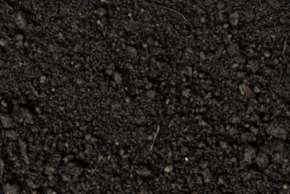
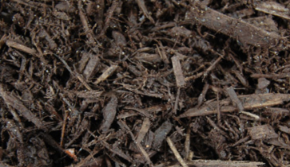
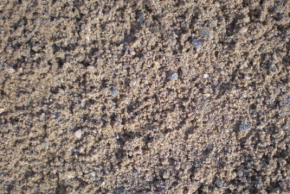
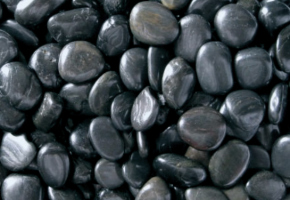
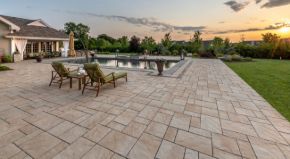
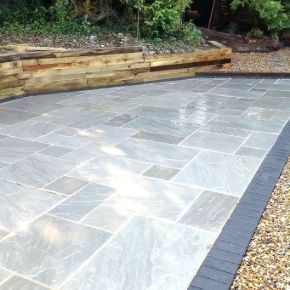
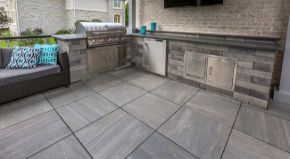
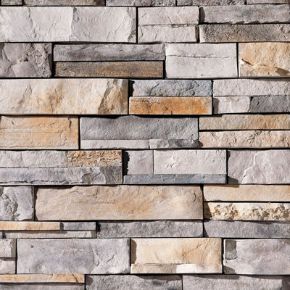

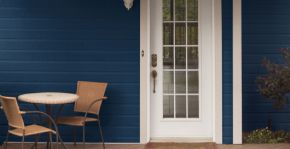

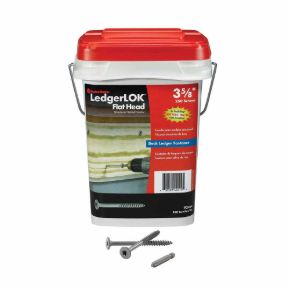
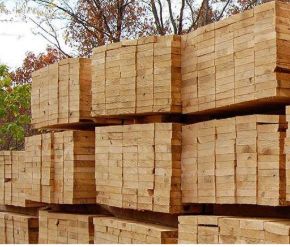
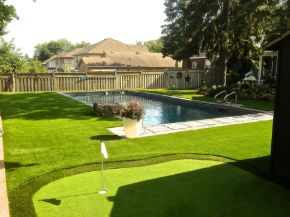

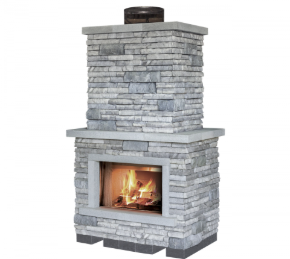
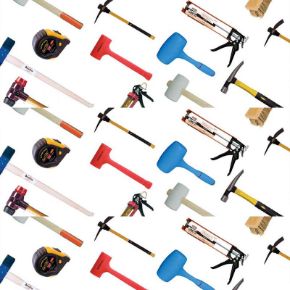
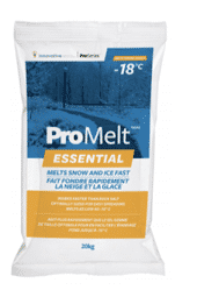
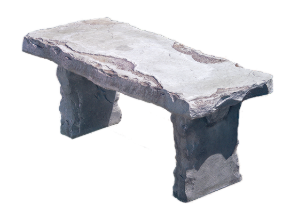
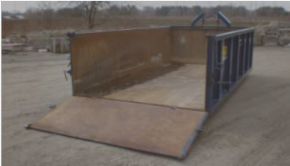


arnts.ca
arnts.ca
arnts.ca